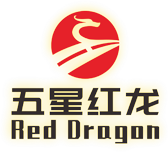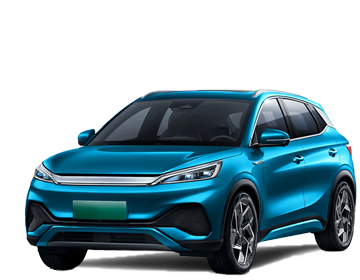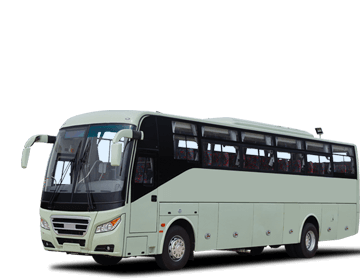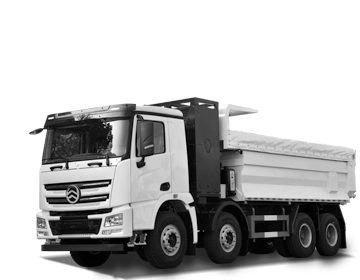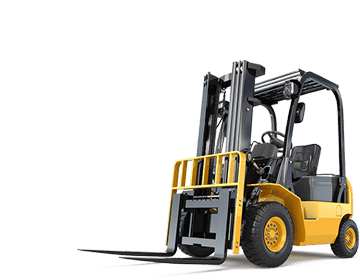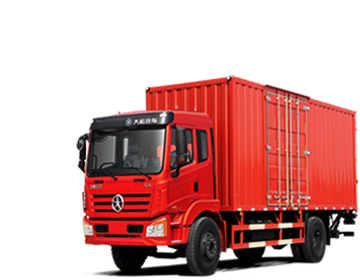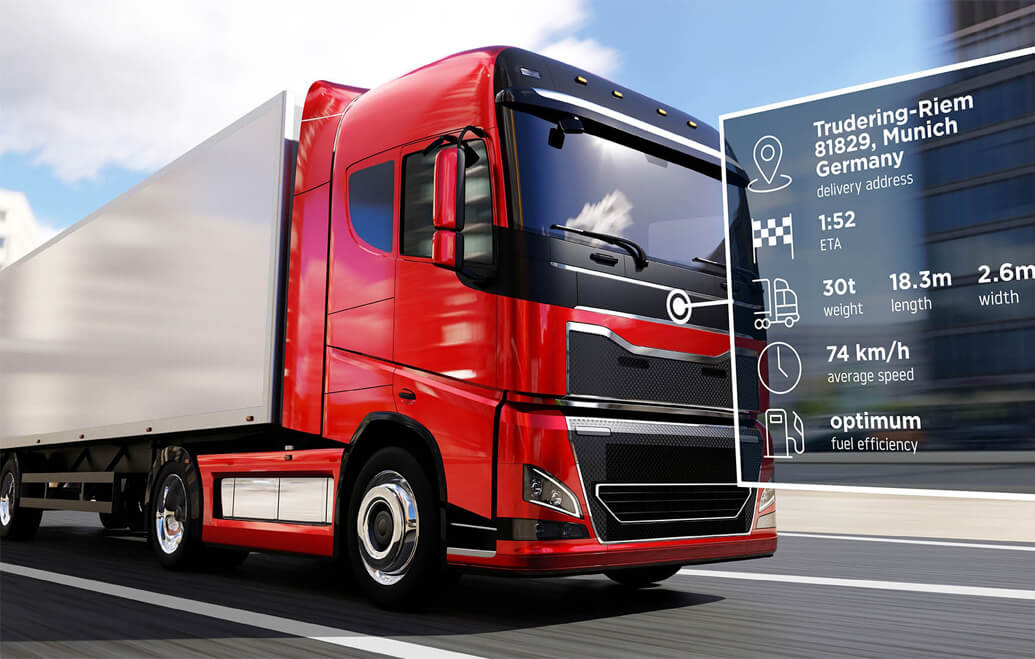High-quality, popular and environmentally friendly new energy vehicles.
Our main products include new and used commercial vehicles, passenger vehicles, construction and mining machinery and spare parts.
Sanchuan amusement tourism car is a kind of regional electric car specially set up for tourist attractions, mainly used for parks, large amusement parks, closed communities, campuses, garden hotels, resorts, don't firm area, city pedestrian street, port and other areas developed for self-driving, regional patrol, walking special environmental protection type electric passenger vehicles. Its capacity, light weight, long life, fast charging, high security, efficiency and other characteristics, its car appearance design, excellent performance, chic and elegant appearance.

Authorized dealers of various Chinese bus brands, such as Higer, Golden Dragon, Sunlong, Zhongtong, Ankai, Kinglong, Yutong, etc.

We will reply as soon as possible and help our customers to solve their problems at any time.

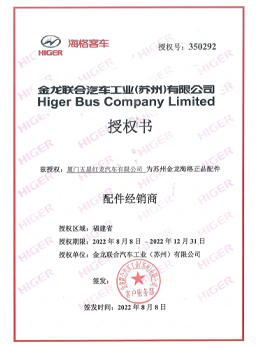
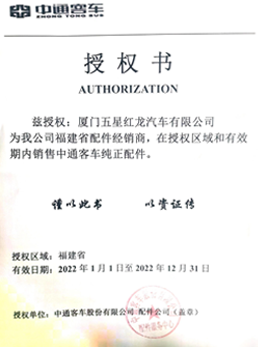
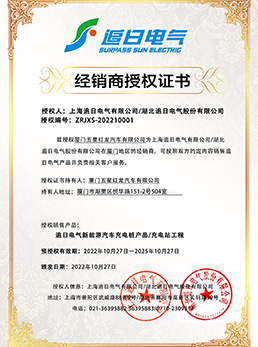
Red Dragon and our partners, we are committed to providing the best products and services to our customers.








Tag: China, New Energy Vehicles, World's Market Share, 2022 Trend In 2022, the world's new energy passenger car trend is stronger, reaching 4.21 million units from January to June, an increase of 71% year-on-year. Among them, 880,000 units were sold in June, up 46% year-on-year; there are 100,000 commercial vehicles in the world's new energy vehicles, with new energy passenger cars as the mainstay. It is understood that in the first half of 2022, China's new energy passenger cars accounted for 59% of the world's new energy share, Europe is the second largest market, with a market share of 26%. China's new energy share of the world's first, mainly because of better security of supply and strong demand for domestic new energy vehicles, while Europe's traditional and new energy vehicle production and sales are low. At the same time, China's new energy vehicle market turned to market driven, forming a strong endogenous growth momentum, thus driving the world's incremental growth. Reviewing the global new energy vehicle sales in the past decade, the growth rate is getting faster. 1.58 million new energy vehicles in the world in the broad sense in 2012, and only 1.79 million in 2015, with slow growth; with the accelerated development of new energy vehicles starting in 2016, the broad new energy vehicles exceeded 2 million in 2016; reached 3.17 million in 2017; exceeded 4 million in 2018; 2020 Reach 5.15 million; 2021 annual new energy vehicles 9.77 million; 2022 January-June sales of new energy vehicles in the broad sense of 6.19 million. Among them, hybrid power reaches 1.83 million units, accounting for 30%. From the power form, the development of new energy vehicles in the world started from hybrid, then gradually entered the era of battery-based, pure electric and plug-in hybrid become the real main force of new energy policy support. The development of new energy vehicles in China also began with the subsidy process to support the common hybrid for public transport trucks. Then buses entered the pure electric era and hybrid buses became history. By analyzing the trend of new energy passenger car market around the world, China's 3.31 million passenger cars in 2021, surpassing Europe's 2.18 million and North America's 0.7 million, China has a clear advantage. China's January-June 2022 sales of 2.51 million vehicles, including 2.34 million passenger cars, are several times more than Europe's 1.09 million and North America's 500,000, giving China a clear advantage. As new energy vehicles are developing at a faster than expected rate globally, China will give birth to world-class new energy vehicle brands in the future. Industry insiders predict that global new energy vehicle sales are expected to exceed 10 million units for the first time this year, with the Chinese market likely to reach around 5-6 million units. At the same time, the new energy vehicle market is gradually entering the model-driven era, and this year there have been many new new energy vehicle models launched one after another, and these new models may become the core driving factor in the second half of this year.
A few days ago, our company came good news, following the successful formal establishment of the domain enterprise Xiamen Five Star Red Dragon Automotive Co., Ltd. and achieved a breakthrough, smoothly carried out the company's first single business. Xiamen Five Star Red Dragon Automotive Co., Ltd. as a first-class distributor of Xiamen auto parts, won the first big order with its good market reputation and high quality parts export. After several days of production and packing, it has been shipped today. So, what kind of strength does Five Star Red Dragon Co. have for consumers? Xiamen Five Star Red Dragon Automotive Co., Ltd. Is a professional exporter of vehicles and auto parts. We are dedicated to exporting new and used commercial vehicles, passenger vehicles, construction and mining machinery and various brands of auto parts from China to all over the world. At present, we have developed strategic partnership with many famous Chinese enterprises, including Xiamen Golden Dragon Bus Co.,LTD, Dongfeng Motor Corporation and Xiamen Tsingyan Hylong Motor Technology Co.,Ltd. We strive to open up overseas markets with the corporate philosophy of high quality, excellent service and good price. Our Company Advantages: 1.Follow the customer first, build trust with customers, communicate in time, and inform customers of the current situation of the arrival of accessories, as well as the delivery time and delivery date. 2. Have stable suppliers, and some bus parts manufacturers are located all over the country. Visit when necessary to understand the availability. 3. Choose advantages. Long-term cooperative logistics companies take goods and choose more advantageous shipowners to ensure that customers are not affected by delays. The improvement of orders and the satisfaction of customer needs are inseparable from the full assistance of various departments: the quality department actively coordinates and supervises to provide a strong guarantee for the quality of the finished product, the procurement department coordinates the timely arrival of various materials, and the technical department actively supports each production department. We are committed to providing customers with the best quality parts and comprehensive services. We welcome your inquiries with all our heart!
Tag: EU, General Safety Regulation, GSR, Commercial Vehicles, Driving Safety, Safety Technology Starting July 6, 2022, EU regulations will come into force, which require car manufacturers to mandate a total of 30 safety features on newly certified models, including six ADAS features. The latest General Safety Regulation (EU) 2019/2144 published by the European Union, in addition to requiring new vehicles to be mandatorily equipped with a variety of mandatory technologies from July 2022, also requires new vehicles registered for licensing from July 2024 to be equipped with some mandatory technologies, some of which will come into effect in 2026. The new GSR requires the mandatory equipment of six ADAS features, driving area information alert system (MOIS), blind spot information alert system (BSIS), reverse information alert system (REIS), intelligent speed assistance system (ISA), driver fatigue warning system (DDAW), tire pressure monitoring system (TPMS). Driving area information alert system (Moving Off Information System), that is, pedestrian and cyclist movement monitoring system, also called starting information system, its main role is when someone or cyclist, etc. out of the vehicle in front of the blind spot location, based on real-time object recognition of the movement information system will promptly send alerts to the driver, in order to protect vulnerable road traffic participants. Blind Spot Information System (Blind Spot Information System), the blind spot on the side of the truck has always been a very dangerous area, especially when turning, the passenger side of the blind spot is often overlooked. The system is used to monitor and alert the driver to the risk of collision in the right side blind spot when the vehicle is turning. For example, when a bicycle or pedestrian approaches the side blind zone, the system warns the driver to improve road safety. ISA Intelligent Speed Assistance is used to warn drivers when they are driving over the speed limit and instruct them to reduce their driving speed. In accordance with regulatory requirements, the Intelligent Speed Assistance system should provide a speed limit information function (SLIF), a speed limit warning function (SLWF), or an integrated speed control function (SCF, which reduces the vehicle's speed to within the speed limit) in the human-machine interface to the entire vehicle. This helps prevent traffic accidents, reduce speeding fines, and improve driving safety. Reverse Information Indication System (REIS), Driver Fatigue Warning System (DDAW), and Tire Pressure Monitoring System (TPMS) are all relatively familiar systems, and are not over-explained here. The regulation aims to enhance the protection of vehicle occupants, as well as vulnerable road traffic participants, including, for example, pedestrians and bicyclists outside the vehicle, to reduce traffic accidents and injuries.
Tag: electric vehicle; zero-emission vehicle; new energy vehicle California announced a major initiative to embrace new energy vehicles on August 25. The state plans to increase the percentage of zero-emission vehicle sales to 35% in 2026, 68% in 2030 and 100% in 2035, with a total ban on fuel vehicles. Nikkei Asia reported on the 26th that Japanese car companies, including Toyota, Honda and Nissan, are anxious about this new regulation, and they are now selling a very low percentage of zero-emission vehicles in California, and it is simply not possible to reach 35 percent in just four years. And some U.S. new energy vehicle experts said that as the nation's largest auto market, California's new initiative will likely attract a dozen states to follow suit. According to the New York Times and other U.S. media reports, this new regulation, issued by the California Air Resources Board (CARB) on August 25, requires that by 2035, all new cars, SUVs and small pickup trucks sold in California are not allowed to emit greenhouse gases such as carbon dioxide. And in 2026, zero-emission vehicle sales will reach 35 percent, and in 2030 to 68 percent. This new rule allows up to 20 percent of zero-emission vehicles to be plug-in hybrids. All car companies that violate the rules could be fined $20,000 per offending vehicle. However, the new rules will not prohibit people from continuing to drive fuel-efficient vehicles after 2035, nor will they prohibit people from buying and selling fuel-efficient vehicles on the used market. The New York Times said California government officials said California will have 16 percent of new vehicles sold in 2022 with zero-emissions vehicles, compared with 12.4 percent in 2021. This is not good news For Toyota, Honda, Nissan and other large Japanese car companies. As USA’s largest auto market, California is also a "leader" in establishing new standards in the automotive field. The U.S. Environmental Protection Agency (EPA) former official, new energy vehicle experts Margo (Margo Oge) 26 said to the U.S. media, is expected to have 17 states will follow California to adopt similar policies, which will cover 40% of the annual sales of U.S. cars, the automotive industry will usher in a radical change. The U.S. market is critical for Japanese automakers. In 2021, Toyota (including Lexus) became the sales champion in the U.S. market, with cumulative sales of more than 2.3 million units. At the same time, Honda and Nissan's cumulative sales in the U.S. market are in the million range, ranking fourth and fifth respectively. For this reason, Japanese car companies are actively responding to change. According to Nikkei Asia, Toyota has proposed a plan to sell 3.5 million electric vehicles worldwide by 2030, and although Toyota has not yet announced the sales target that will be set in the U.S., it has proposed that all Lexus vehicles sold in the U.S. market in 2030 will be pure electric vehicles. Mazda, another Japanese car company with the U.S. as its main market, has launched its new energy vehicle MX-30 EV exclusively in California, although only 324 units of the car model were sold from January to July this year, the report said.
We are online 7*24 hours to answer all your questions



